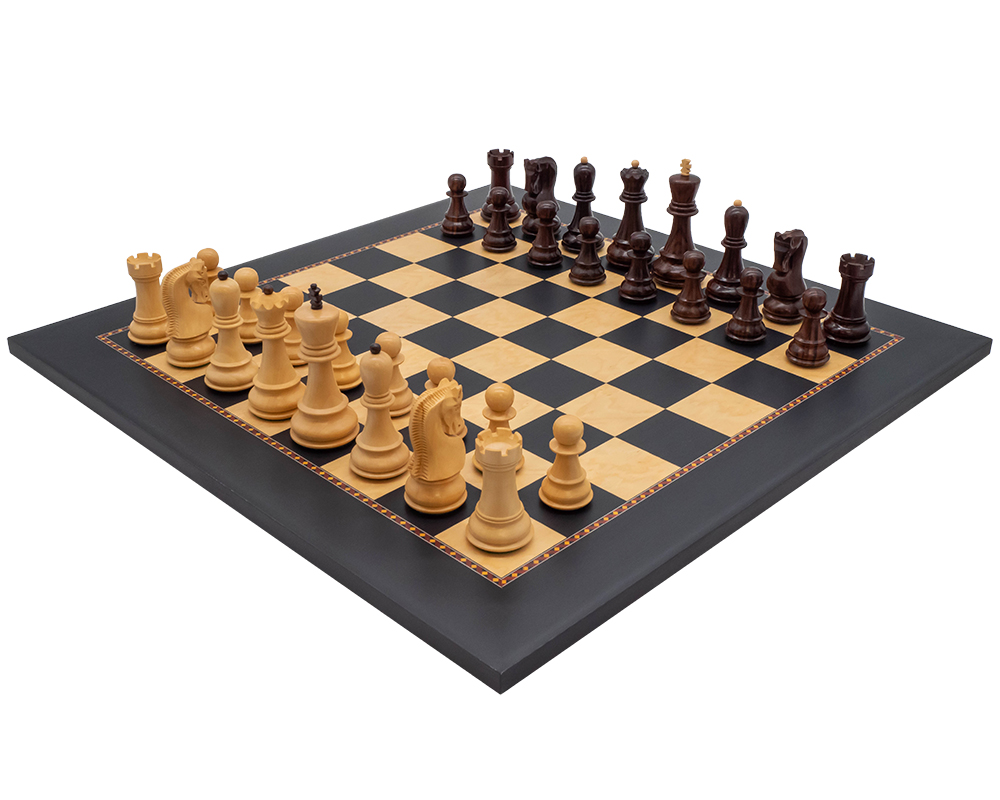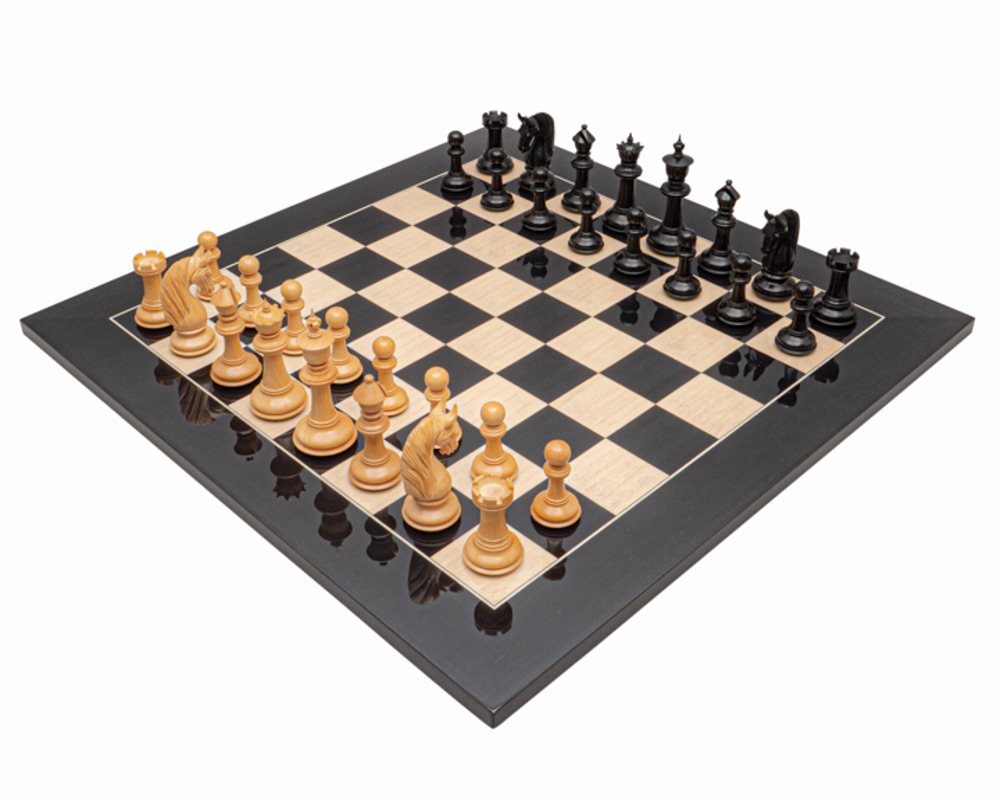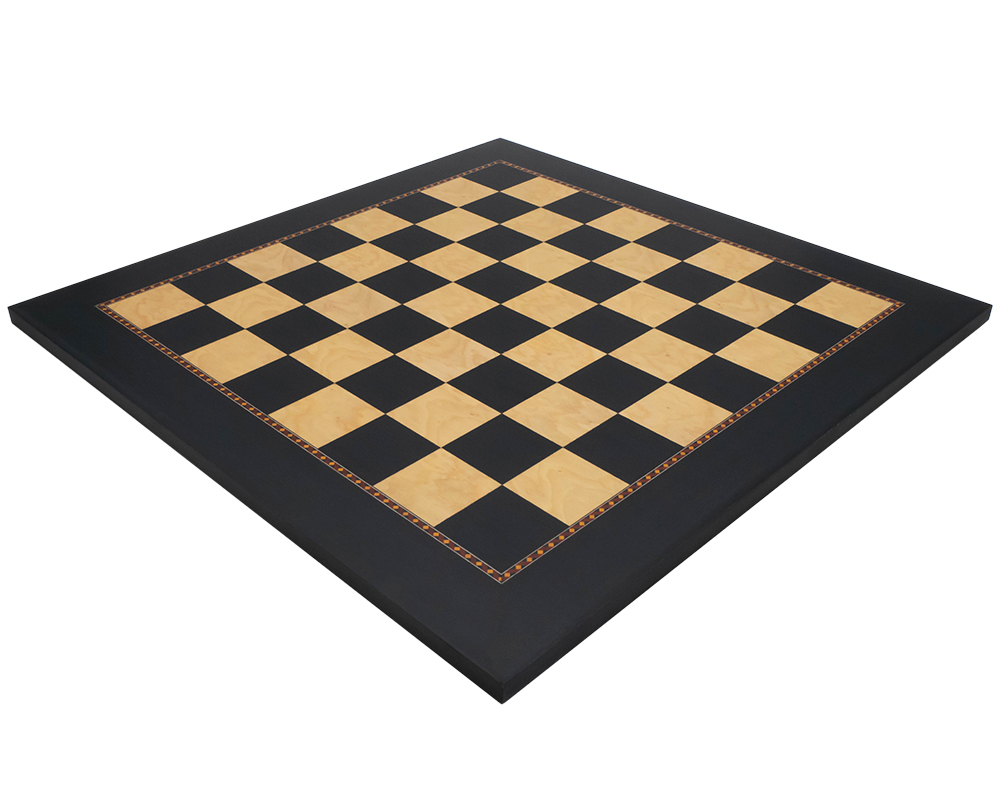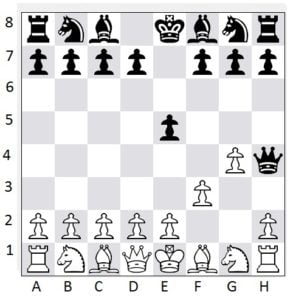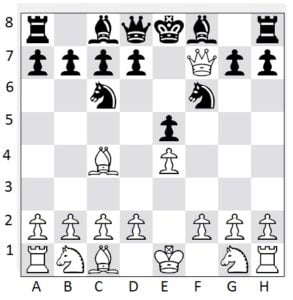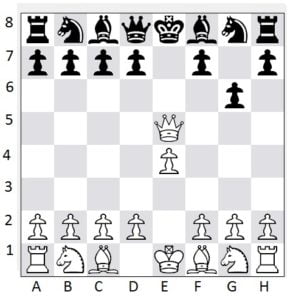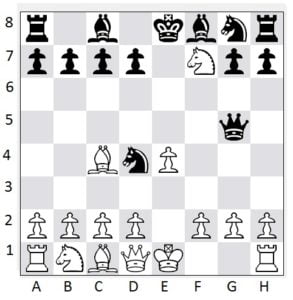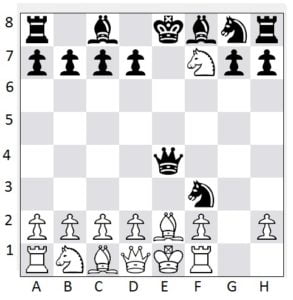Unveiling the Unique Crossover of ‘Queen’s Gambit’ and Chess

Chess enthusiasts and fans of the critically acclaimed series “The Queen’s Gambit” are in for a treat. Netflix, in an innovative move, is set to launch a new mobile game that marries the drama and characters of the popular show with the strategic world of chess. The game, fittingly named ‘The Queen’s Gambit Chess,’ is slated for release on July 25th.
The Queen’s Gambit, which brilliantly captures the chess prodigy Beth Harmon’s ascent in the chess world of Cold War America, has received global recognition and a stunning 11 Primetime Emmy Awards. The series’ widespread success has helped elevate the star of the series, Anya Taylor-Joy, to new heights in Hollywood.
Immersive Gameplay: Merging ‘Queen’s Gambit’ Storyline with Chess Puzzles

This summer, Netflix is launching a series of games, with 22 planned releases. ‘The Queen’s Gambit Chess’ stands out as it merges a traditional chess set’s beauty and intellectual appeal with the captivating storyline of the award-winning drama. Developed by Ripstone Games, renowned creators of Chess Ultra, the game aims to cater to every type of fan.
As players open this new chess set on their mobile screens, they will be transported into Beth Harmon’s world. They can learn chess strategies, solve intriguing puzzles, participate in matches, and compete against friends. This is not merely about moving pieces on a chess board; it’s a deeply immersive experience that invites players to step into the shoes of their favourite characters.
How Does the Game Seamlessly Blend the ‘Queen’s Gambit’ Narrative with Chess Strategies?

The game offers an array of iconic locations as settings, including Beth’s house and the Mariposa Hotel, a notable setting from the series. Players can also expect to interact with familiar faces from the show like Mr. Shaibel and Vasily Borgov.
It’s exciting to see how ‘The Queen’s Gambit Chess’ takes the chess board beyond the confines of eight squares. It successfully interweaves the game’s cerebral nature with the emotional narrative of the series. Whether you’re a novice who’s just learnt to move the pawns or a seasoned player who can deliver a checkmate in four moves, this game promises to offer something for everyone.
Will there be a Second Series of ‘The Queen’s Gambit’?
Although Netflix hasn’t officially confirmed a second season of the series, we have heard rumors of a spin-off on the horizon. This could be just speculation, so sadly, fans will have to bide their time to find out more. But this game, promising to bring the enchantment of ‘The Queen’s Gambit’ alive through chess, provides fans with a delightful consolation. The game will be available for both iOS and Android users.
The integration of the timeless game of chess with today’s technology, as seen in ‘The Queen’s Gambit Chess,’ is a testament to the enduring appeal of the game. As we await the game’s release, we can’t help but be intrigued about how this blend of traditional chess and dramatic narrative will further stimulate interest in the game of kings.


